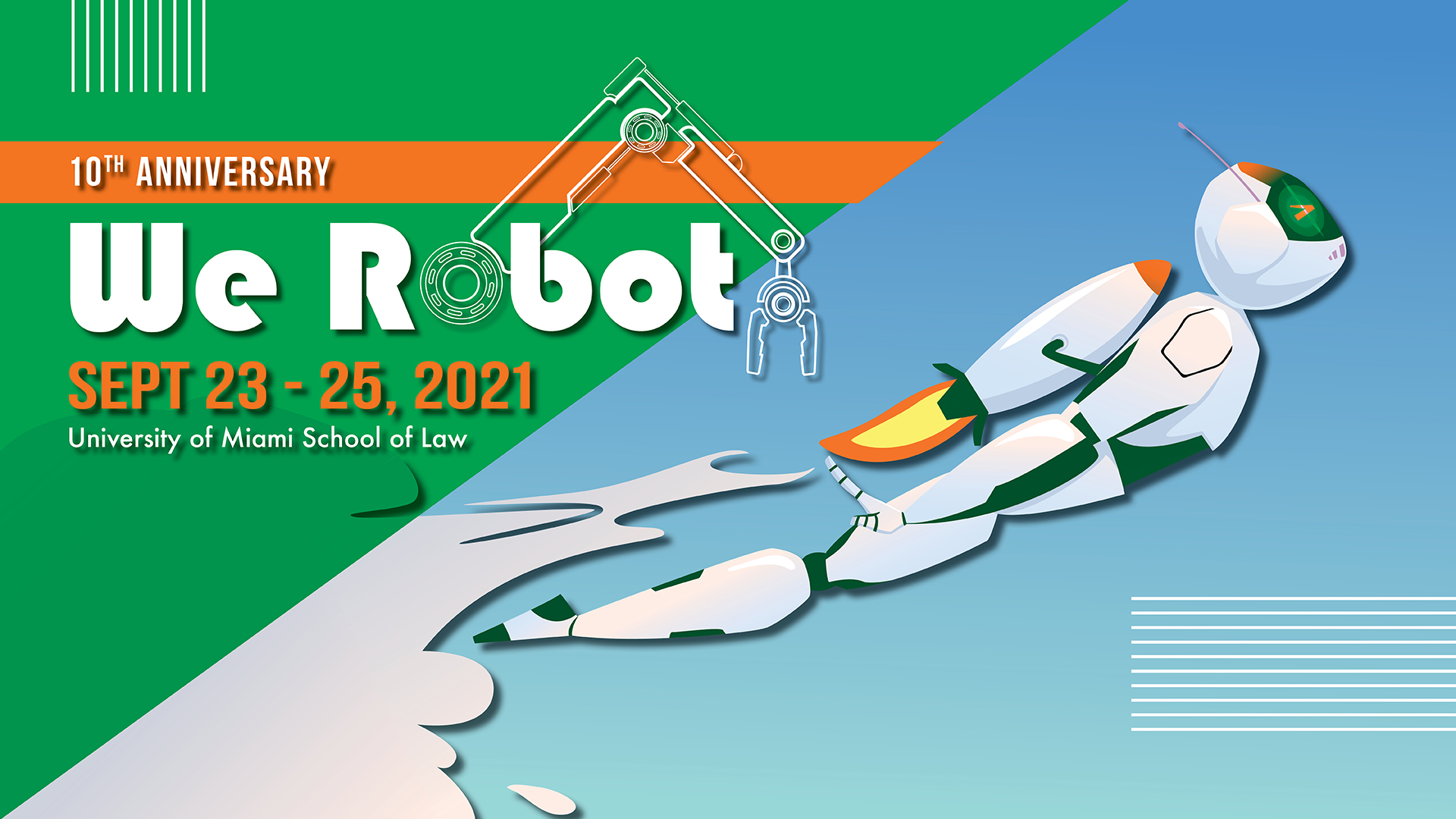
Katie Szilagyi
Katie Szilagyi, Jason Millar, Ajung Moon, and Shalaleh Rismani will present their paper, Driving Into the Loop: Mapping Automation Bias & Liability Issues for Advanced Driver Assistance Systems, on Friday, September 24th at 5:15pm at #werobot 2021. Meg Leta Jones will lead the discussion.
Advanced Driver Assistance Systems (ADAS) are transforming the modern driving experience with technology including emergency braking, blind spot monitoring, and sirens to ward off driver errors.
The assumption appears straightforward: automation will improve driver safety because automation just reduces the occurrence of human driving errors. But, is this a safe assumption? Our current regulatory reality, within which this assumption operates, demands that drivers be able to effectively monitor and operate ADAS without any formal training or licensing to do so. This is premised on the outdated notion that drivers are still in full control of critical driving tasks. Meanwhile, ADAS now asks drivers to both drive the vehicle and simultaneously monitor these complex systems. This significant shift is not yet reflected in driving licensing regimes or transportation liability regulations.

Jason Millar

Ajung Moon
Conversations about liability and automated vehicles often jump straight to the pesky problems posed by hardcoding ethical decisions into machines. By focusing on tomorrow’s automated driving technologies, such investigations overlook today’s mundane, yet still instructive, driving automation: blind spot monitoring, adaptive cruise control, and automated parking. These are the robotic co-pilots truly transforming human-robot interaction in the cabin, which could have serious legal consequences for transportation statutes, regulations, and liability schemes. Robotics scholarship has effectively teased out a distinction between humans in-the-loop and on-the-loop for automation. ADAS start to blur these lines, by automating some tasks but not others, by varying system behaviours between different vehicle manufacturers, and by expecting the driver to serve as advanced systems monitor without ever receiving appropriate training.

Meg Leta Jones (discussant)

Shalaleh Rismani
In Part I, we explain the technical aspects of today’s most common assistive driving technologies and show how they are best situated in the litany of automation concerns documented by the current SAE framework. In Part II, we offer theoretical framing through automation bias, explaining some of the key concerns that arise when untrained people take control of dangerous automated machinery. In Part III, we provide an overview of driver licensing regimes, demonstrating the paucity of regulations designed to ensure the effective use of ADAS on public roads. In Part IV, we compare the automation challenges generated by ADAS to legal accounts of robotics, asking how liability accrues for operators of untrained robotic systems in other social spheres. Finally, in Part V, we offer clear policy advice on how to better integrate assistive driving technologies with today’s schemes for driver regulation.
